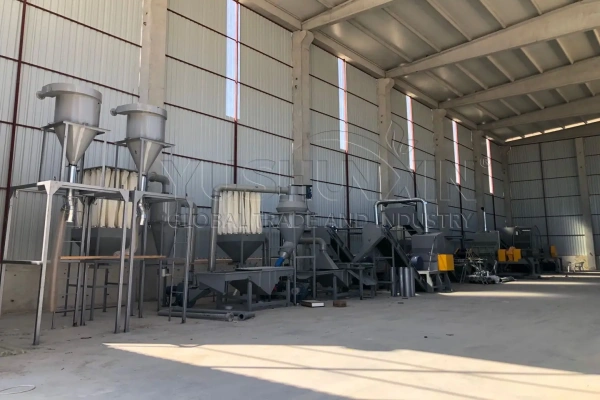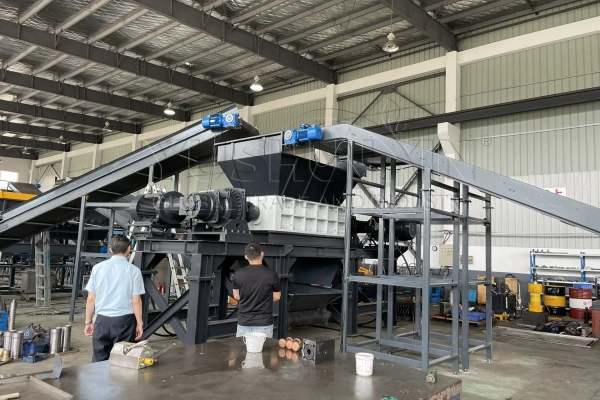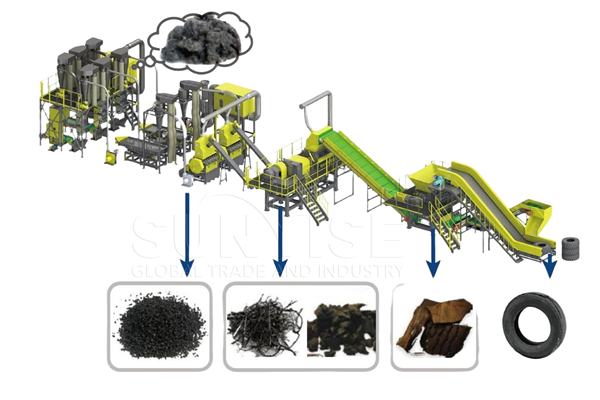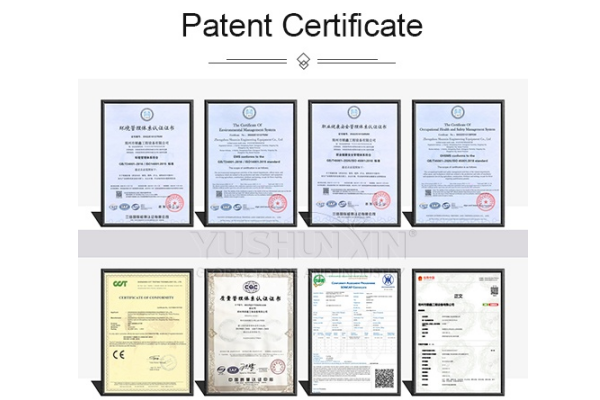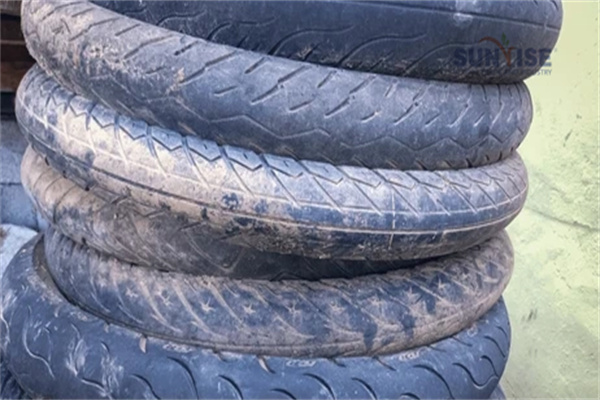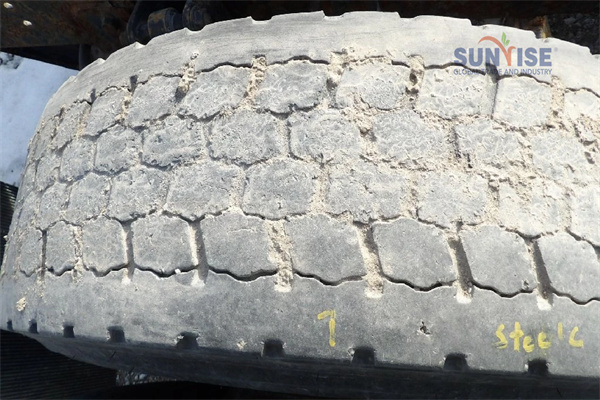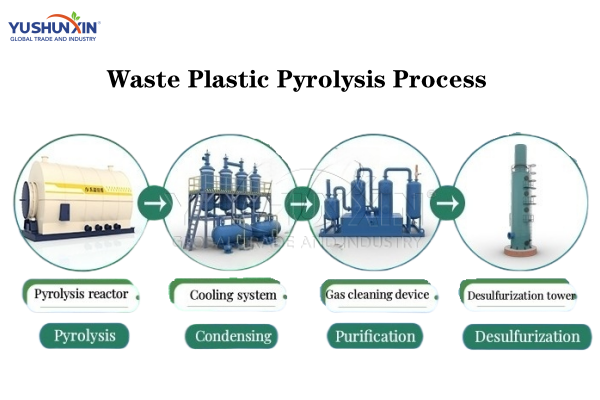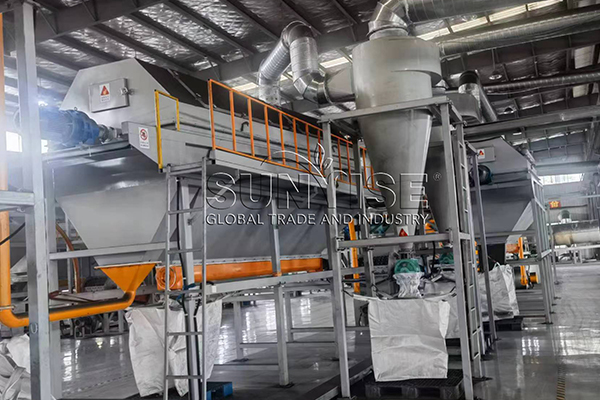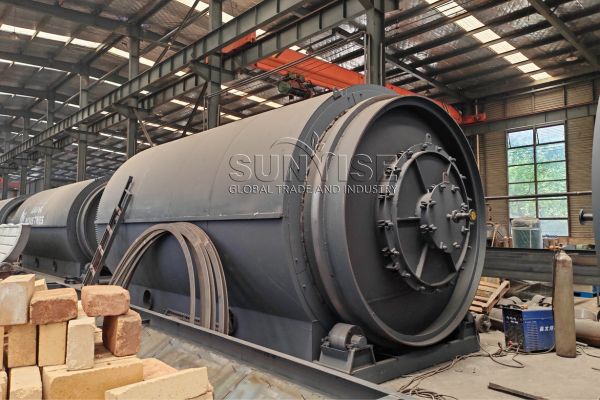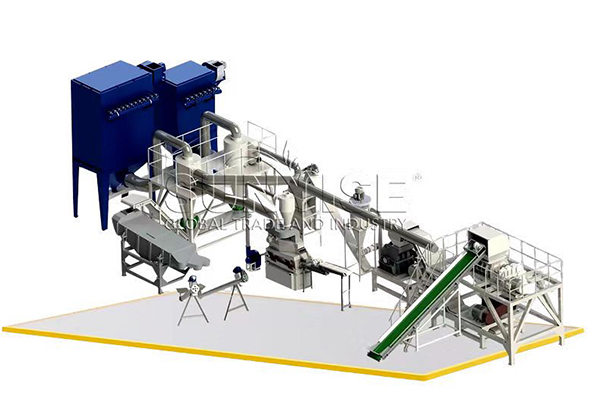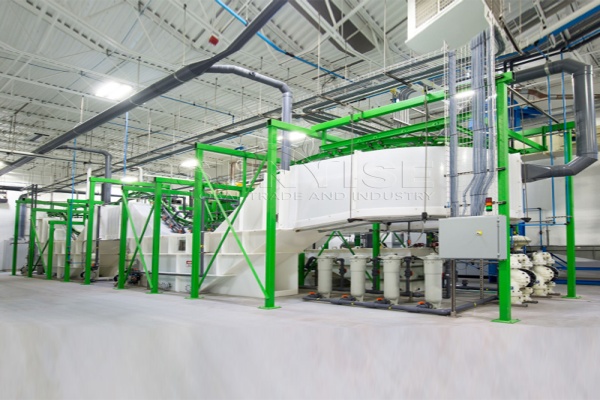كل عام, زيادة 1.5 مليار إطارات الخردة عبء كوكبنا على أنه صناعي “التلوث الأسود” – مع التخلص من الولايات المتحدة 300 مليون وحدة وإعادة تدوير الاتحاد الأوروبي 4 مليون طن متري.
لكن, تخفي هذه الأزمة البيئية المتنامية فرصة عمل ذهبية: خطوط إنتاج التدوير الحديثة لإعادة تدوير الإطارات تتحول الآن المطاط المهمل إلى سلع عالية القيمة مثل مسحوق المطاط, أسلاك الصلب, و زيت الانحلال الحراري. مع ارتفاع الطلب العالمي على التصنيع المستدام, تقوم المصانع المبتكرة بالاستفادة من معدات إعادة تدوير الإطارات المتطورة لتحويل التحديات البيئية إلى مشاريع مربحة.
اليوم سوف نستكشف كيفية عمل خطوط إعادة تدوير الإطارات الآلية, هُم العائد على الاستثمار محتمل, ولماذا أصبحوا أنظمة ضرورية لمؤسسات إدارة النفايات إلى الأمام.
ما هي المواد الخام مناسبة لخطوط إعادة تدوير إطارات النفايات?
يمكن لخط إعادة تدوير إطارات النفايات معالجة أنواع مختلفة من إطارات النفايات بكفاءة (المواد المطاطية). ثم تحويلها إلى منتجات قيمة أو قابلة لإعادة الاستخدام. فيما يلي بعض المواد الخام المناسبة التي يمكن معالجتها من خلال خط إعادة تدوير إطارات النفايات.
What is the Waste Tyre Shredding Recycling Line?
يتضمن خط إعادة تدوير إطارات النفايات لدينا مجموعة شاملة من الآلات المتخصصة. يضمن هذا الإعداد المعياري أن كل مرحلة من مراحل عملية إعادة التدوير فعالة, صديقة للبيئة, وينتج مواد إخراج عالية الجودة مناسبة لمجموعة من التطبيقات.
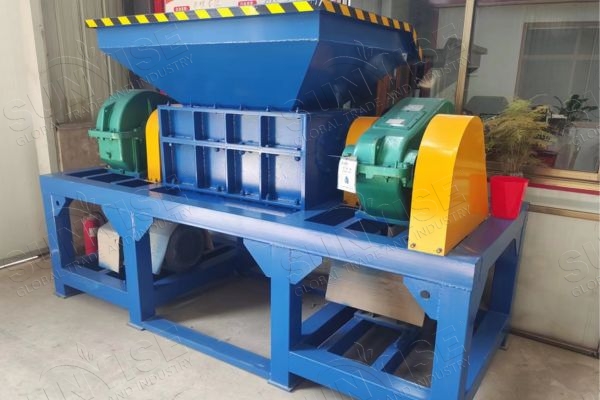
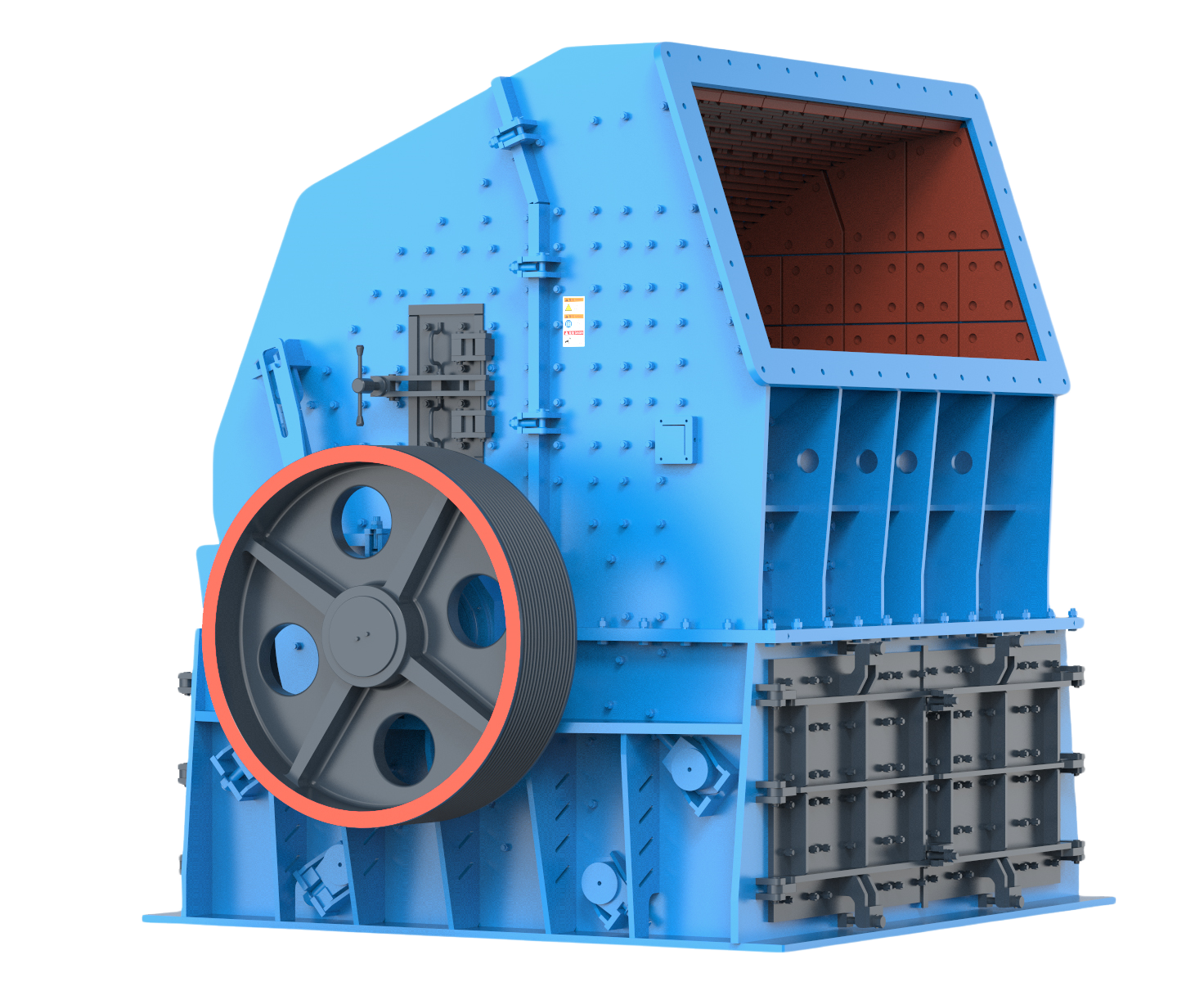

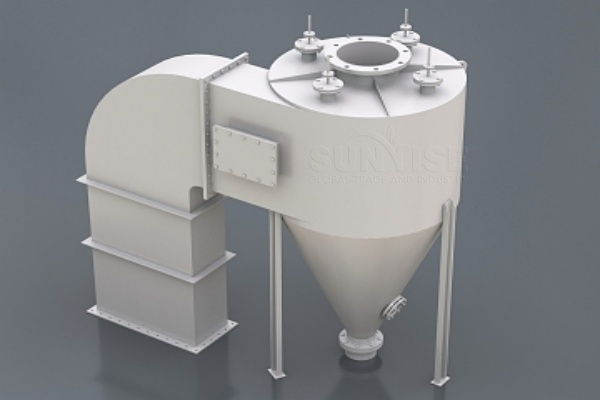
What Is The Process of Waste Tyre Pyrolysis Recycling Line?
The YSX waste tire pyrolysis recycling system represents an innovative industrial solution that leverages pyrolysis technology to transform end-of-life tires into commercially viable resources. This advanced recycling infrastructure not only provides an effective approach to managing waste tire accumulation but also enables the production of valuable by-products with significant economic potential.
Material Input
Waste tires or processed rubber powder are systematically fed into the pyrolysis reactor, serving as the primary feedstock for the conversion process.
Thermal Processing
The reactor is heated using various fuel sources, including tyre pyrolysis fuel oil, liquefied petroleum gas (LPG), natural gas, coal, or biomass. This heating phase initiates the pyrolysis reaction, prompting the chemical decomposition of tire materials at elevated temperatures.
By-Product Separation
As the temperature inside the reactor increases, gaseous hydrocarbons are released from the pyrolyzing tires. These vaporous components undergo a condensation process to form زيت الانحلال الحراري—a valuable output—while non-condensable gases undergo desulfurization and dust removal treatments. These treated gases can either be recycled to supply heat for the reactor or safely discharged into the atmosphere.
Reactor Cooling and Residue Extraction
Once the pyrolysis cycle is completed, the reactor is gradually cooled. Following this cooling phase, the solid residue—primarily composed of الكربون الأسود—is removed for further processing or utilization.
Emission Control
A dedicated exhaust gas purification system is employed to treat any remaining gaseous emissions, ensuring that all discharges meet strict environmental regulations and standards for air quality.
This integrated approach combines efficient material conversion with environmental responsibility, establishing the YSX tires pyrolysis recycling line as a sustainable solution for waste tire management and resource recovery.
مزايا خط إعادة تدوير إطارات النفايات YSX
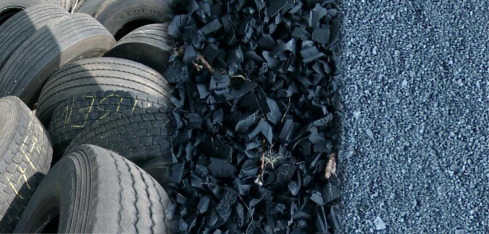
تريد معرفة المزيد عن إعادة تدوير الإطارات? فريقنا هنا للمساعدة! نحن متوفرون 24/7 لتوفير آلات وحلول إعادة تدوير الإطارات. اتصل بنا في أي وقت للحصول على الدعم المهني. نحن مجرد رسالة بعيدا!
اتصل بنا

